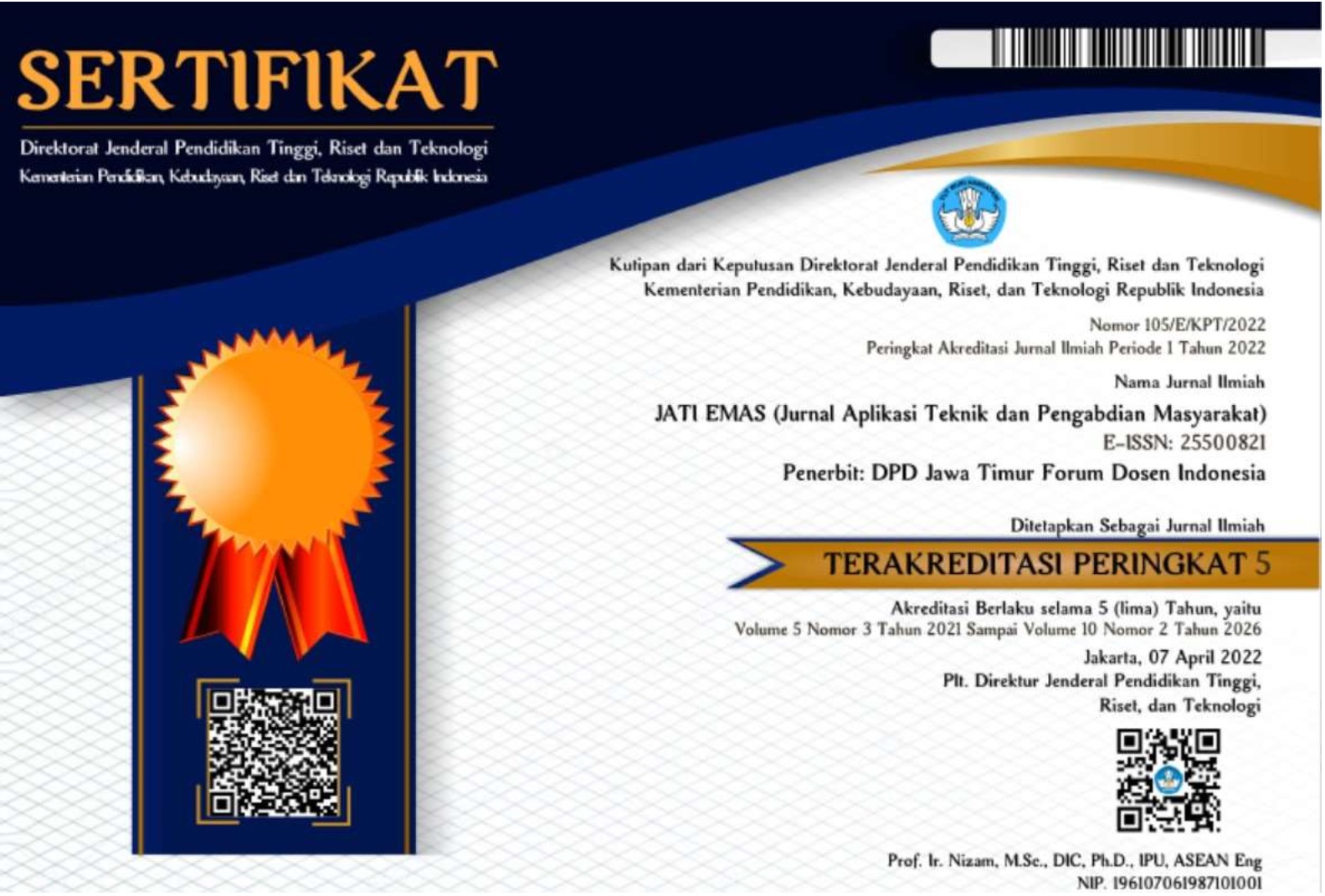Student Participation-Based Waste Characterization and Management at UIN Sulthan Thaha Saifuddin Jambi
Karakterisasi dan Pengelolaan Sampah Berbasis Partisipasi Mahasiswa di UIN Sulthan Thaha Saifuddin Jambi
DOI:
https://doi.org/10.12345/je.v9i4.323Keywords:
Inorganic Waste, Waste Composition, Waste Management, Organic WasteAbstract
Waste management in higher education institutions is a crucial aspect in the effort to create a sustainable and environmentally friendly campus. As a hub for academic and social activities, the campus of the State Islamic University Sulthan Thaha Saifuddin Jambi generates various types of waste from academic activities, laboratory work, daily consumption, student activities, and other related processes. The effectiveness of waste management heavily depends on a comprehensive understanding of the characteristics of the waste produced. Students, as the dominant community within the campus environment, also play a significant role in the waste management process. This study aims to analyse the composition, characteristics, and student-based waste management in the environment of the State Islamic University Sulthan Thaha Saifuddin Jambi. The activity was conducted as part of community service through a participatory approach, involving students in the process of sorting and weighing daily waste over one month. Data was analysed using descriptive quantitative methods to identify the proportions and types of waste. The results of the analysis of waste composition and characteristics indicate that the waste found on campus consists of 64,83% organic waste and 35,17% inorganic waste. Organic waste includes food scraps, leaves, paper, and cardboard, while inorganic waste includes plastic, metal, glass, and e-waste. Furthermore, the research findings emphasise that waste sorting in the campus environment requires active student participation to ensure that the waste management process can be carried out optimally and sustainably in subsequent stages.






